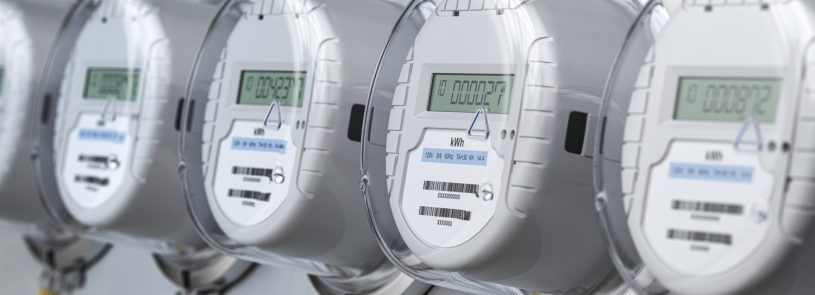Holistic Oversight: Close the loop on building performance with consumption analysis and optimization

Fifth in a series of excerpts from the free executive guide “Concept to Consumption: Outcome-based Oversight of Building Performance.”
By Adam McMillen and Lincoln Pearce
Once a building is constructed per the design, commissioned, and determined to be operating correctly, it is, like a newly built and christened ship, “set out to sea” to see how it performs. Consumption analysis begins once sufficient building operating data has been collected; a good time for the initial look at energy performance is at eight months post occupancy – prior to the expiration of the typical one-year warranty with the contractor. Since most owners don’t have the staff to conduct post-occupancy consumption analysis, having the concept-to-consumption partner provide this function as part of the overall project performance oversight is essential for “closing the loop” on the entire process and providing feedback for the owner to act upon.
Once the building has passed its startup period and collected 12 months of reliable data (typically 18 months after substantial completion), a more detailed performance analysis is completed. This analysis evaluates and calibrates the data and compares the results to the target EUI set at the earliest stage of the project. Should the analysis uncover energy use that is above the target, the cause(s) can be more easily identified due to the submeters set in place to track energy use of key systems. Corrective measures can then be taken, with continued M&V to ensure the corrections are effective.
Owners who want to take this process a step further can consider monitoring-based commissioning (MBCx), or fault detection diagnostics, which provides analysis for the life of a building. This process employs additional software integrated with the building automation system (BAS) to monitor key parameters and characteristics of the building. The purpose is to identify any less-than-optimal operating conditions causing additional energy consumption that might otherwise go unnoticed, with responsive maintenance enacted to prevent further wasted resources, occupant discomfort, air quality issues, and damage to equipment.
A 2019 Department of Energy study estimates typical savings from MBCx to be 9% of total energy use, around $0.24/sf. Once cost-prohibitive for buildings under 500,000 square feet, the emerging ease of data access, reduced cost of sensor equipment, and automation of monitoring software has made MBCx a cost-effective option for buildings as small as 50,000 square feet.
The recent LEED Gold renovation of Marston Hall at Iowa State University utilized concept-to-consumption oversight (provided by IMEG as part of the firm’s MEPT design work on the project). When first-year energy reports showed that the building was using more energy than the original LEED energy modeling analysis had estimated, consumption analysis revealed that a malfunctioning steam pre-heat coil control valve was inflating both chilled water and steam energy use unnecessarily.
Had monitoring and analysis not been included in the project, the issue could have gone undiscovered indefinitely. However, by being proactive in managing its energy, the university was able to identify and correct the faulty control valve operation – saving about $24,000 ($0.40/sf) annually in unnecessary energy use and recovering its one-time investment for concept-to-consumption oversight in the first year.
It all comes down to the adage that if you don’t measure it, you can’t manage it – and, by extension, you can’t save yourself a substantial amount of money in unnecessary energy costs.
Previously posted blogs in this series:
Holistic oversight part 2: Set your building’s EUI and make it the benchmark for project success
Holistic oversight part 3: Design documentation critical to achieving energy use intensity goal
Holistic oversight part 4: Ensure your building’s intended performance through commissioning
Download the entire executive guide, “Concept to Consumption: Outcome-based Oversight of Building Performance.













